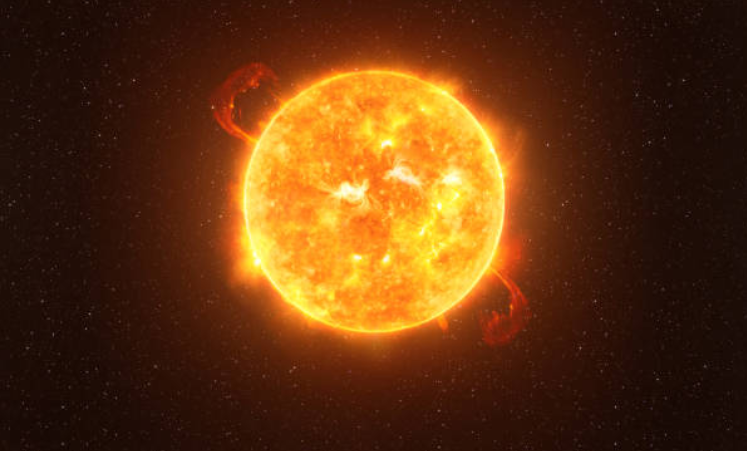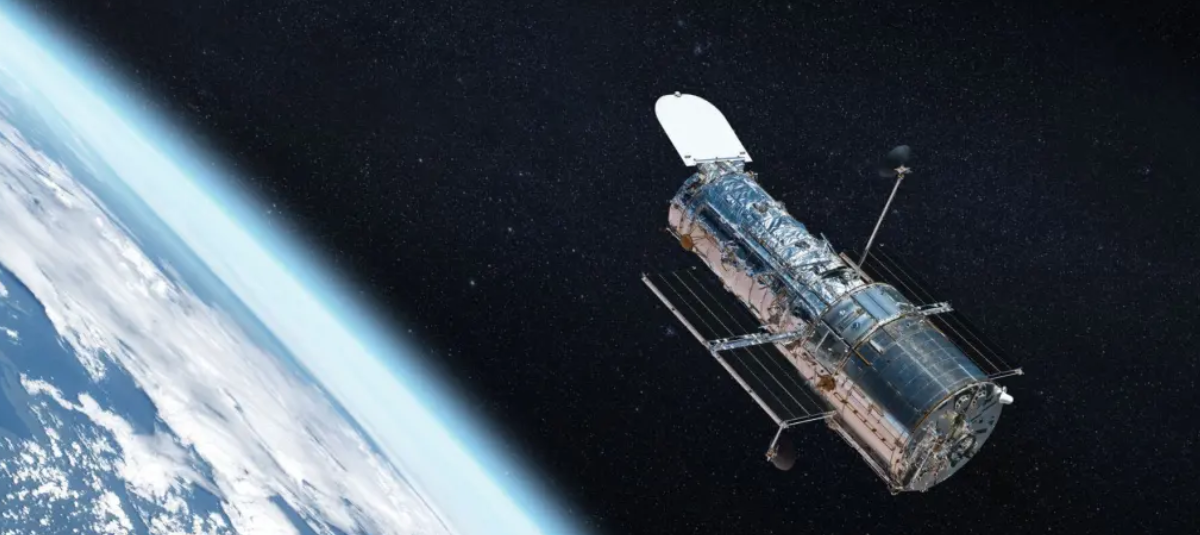NASA is finalizing details of 'Tracers,' a mission that will carry two satellites to study how the solar wind affects Earth.

NASA is finalizing preparations for the launch of its Tracers mission ( Tandem Reconnection and Cusp Electrodynamics Reconnaissance Satellites ). Two small satellites will study how Earth's magnetic shield protects the planet from the solar wind and the impact this phenomenon has on Earth and space systems. The launch is scheduled for later this month.
“What we'll learn from Tracers is crucial to understanding and eventually predicting how solar energy impacts Earth and our space and ground-based resources , whether that's GPS or communications signals, space resources, the power grid, and our astronauts in space,” said Joe Westlake, director of NASA's Heliophysics Division, during a virtual press conference Thursday.
“It will help us maintain a safe lifestyle here on Earth and continue facilitating safe space exploration,” he added.
The solar wind and its effects on the planet The solar wind is composed of particles from the Sun—mainly protons and electrons—that interact with the Earth and other celestial bodies. This phenomenon is responsible for visible effects such as the northern lights, but it can also have negative consequences.
David Miles, the mission's principal investigator, noted that solar wind "also drives some of these negative effects" that Tracers hopes to understand and mitigate, including disruptions to power grids, premature satellite decay, and GPS system issues.
These impacts, experts warned, could cause economic losses reaching hundreds of millions of dollars.

The satellites will study how the solar wind interacts with Earth's magnetosphere. Photo: iStock
The mission will include two twin satellites flying in formation from Earth's North Pole to the South Pole, one behind the other, "with very close separation," Miles explained. This arrangement will allow measurements of variations in the magnetosphere over short periods of time, facilitating the study of rapid changes in this region.
“Each spacecraft will obtain a measurement of the local state of the plasma, such as the electric field, the magnetic field, and the local ions and electrons that compose it,” Miles explained.

Both satellites will fly from pole to pole in close formation. Photo: iStock.
In addition to the main instruments, the mission will carry three other payloads, one of which will focus on investigating how high-energy particles found in the radiation bands surrounding Earth scatter back into the atmosphere.
"These particles pose a danger to our space satellites. They also fall into our atmosphere, where they can contribute to ozone depletion," said Robyn Millan, principal investigator for this parallel mission.
More news in EL TIEMPO *This content was rewritten with the assistance of artificial intelligence, based on information from EFE, and reviewed by the journalist and an editor.
eltiempo




